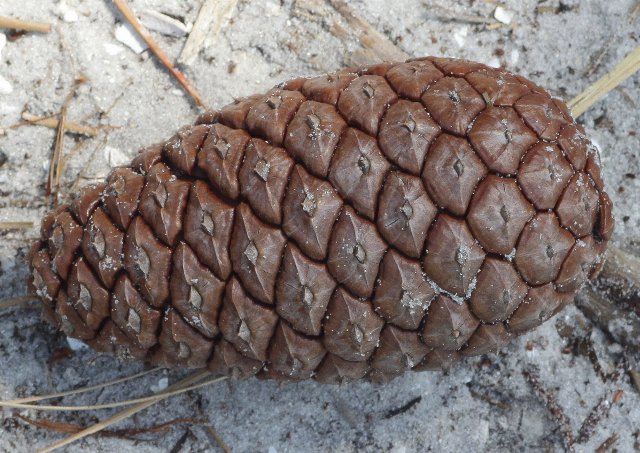Loblolly Pine (Pinus taeda) vs. Slash Pine (Pinus elliottii)
Updated January 24th, 2023These pines are sometimes confused; both grow on wet, poorly-drained sites and have needles of roughly similar length. They are easily distinguished by bark and growth habit, and can also usually be distinguished by needle count and characteristics of fresh cones. P. taeda ranges farther north and is less fire-tolerant, whereas P. elliotti ranges farther south and is more fire-tolerant.




